
CECIMO: “The Big Revolution For the Machine-Tool Industry is Digitization”
DirectIndustry magazine: Machining means waste and today, compared to 20 years ago, achieving a climate-neutral industry is a goal. What kinds of technologies have been implemented in order to make machine tools greener?
F.G.: The machine tool sector is a provider of advanced manufacturing technologies contributing to a more circular and sustainable sector. An example of such a development is laser surface texturing. More than 80% of textures in manufacturing are done by chemical etching. Laser texturing technologies provide a cleaner alternative to etching processes and create 3D textures directly out of digital data. This means no use of chemicals, a 100% repeatable and simplified process, a reduced scrap level and a full digital process: all contributing to a more sustainable production and products. These developments also help to produce parts with superior efficiency during their lifetime. One example is the Gasoline Direct Injection (GDI). The development of GDI was only possible with the development of a new manufacturing technology, femtosecond laser drilling. But it is not only hardware developments that can advance circular manufacturing. In fact, the biggest developments are coming from software. 30 to 50% efficiency gains could be achieved thanks to software developments.
DirectIndustry magazine: New materials such as composites have also appeared. How have they impacted the machine tool industry?
F.G.: New materials represent, if you consider manufacturers’ main customers, which are the automotive sector, the aerospace sector and the medical sector, new challenges but also opportunities. The first two sectors need lightweight and very resistant technical structures with sometimes complex shape to reduce weight, required material and energy consumption of their final product. The medical sector needs new materials that are biocompatible with coatings on a nanoparticle level. Production of these advanced parts affects every aspect of the production process: mass customization, development of reconfigurable machines, further improvement of sensors, automation etc. In essence, more advanced materials will undoubtedly lead to the development of more innovative machines.
DirectIndustry magazine: Digital simulation also did not exist 20 years ago: now we can simulate cuts before they happen.
F.G.: Fast and accurate digital simulations have become a must for manufacturers seeking to make the most of smart manufacturing initiatives. Manufacturers must avoid costly programming errors that could cause disastrous damage to both machine tools and expensive workpieces. Even a minor programming error, for example in the case of an aerospace piece, can become a major expense. To avoid such errors, it has become critical to ensure high quality by using digital simulation, for example to correctly set up the cut. However, some of the obstacles in the context of digital simulation concern access to accurate solid models of the machine tools, the high number of options in machine hardware and tooling as well as performance versus accuracy. Two trends that are currently gaining momentum in digital simulation are machine awareness and the push for interactive data. The industry has seen dramatic advances in this field in the last few years, but there is still some work to be done. Also, through in process-monitoring and control, the operator can oversee the whole process rather than checking the piece at the end of it. The process can be then corrected while still running, which results in less waste and more efficiency.
DirectIndustry magazine: New players have appeared on the market from Taiwan, South Korea and China. Are European and American companies still market leaders?
F.G.: The machine tool industry is a dynamic and highly internationalized sector. Many manufactures plan their activities across different countries and the global machine tool supply chain today covers Europe and North America, traditionally linked to manufacturing, but also Latin American and Asian countries. European and American companies are still market leaders, remaining at the forefront in output and innovation. However, Asian businesses, especially from China, South Korea and Taiwan, have become increasingly integrated in the international machine tool value chain, either as suppliers or as builders.
For example, Asia has become a key region in terms of production: in 2018, the Chinese machine tool production share of the total world machine tool output was 28%, while South Korean and Taiwanese MT production stood at 6,6% and 5%, respectively. If we consider trade, we see that regional markets have become notably interdependent. European manufacturers’ largest client outside Europe is China, which comprises 25% of their total exports to external markets. Japan and Taiwan, meanwhile, are European manufacturers’ main suppliers, providing 37% and 15% respectively of total non-European machine tool imports. Overall, the machine tool industry continues to expand outwards, driven by very competitive and globally oriented businesses.
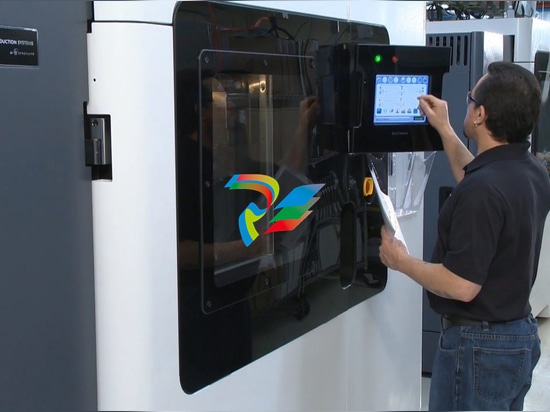
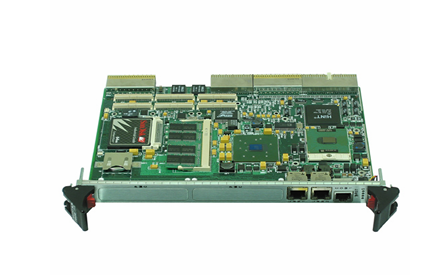



.jpg)
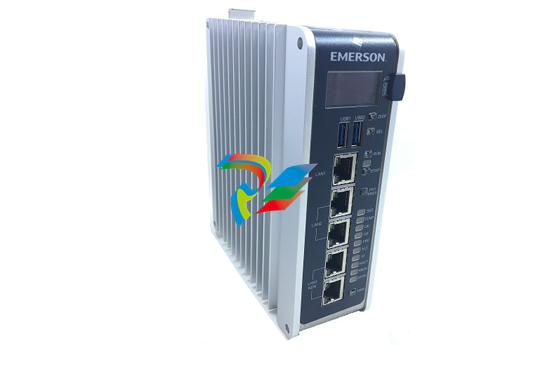
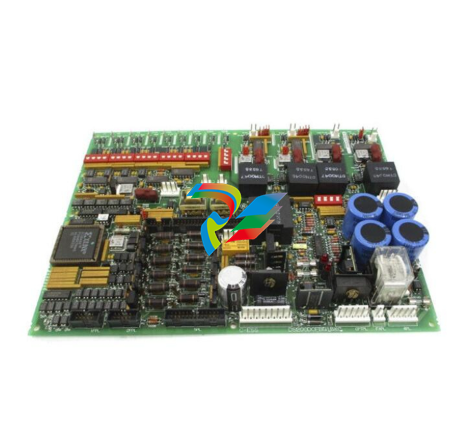
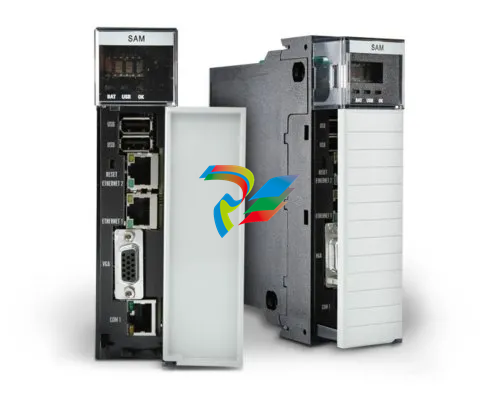
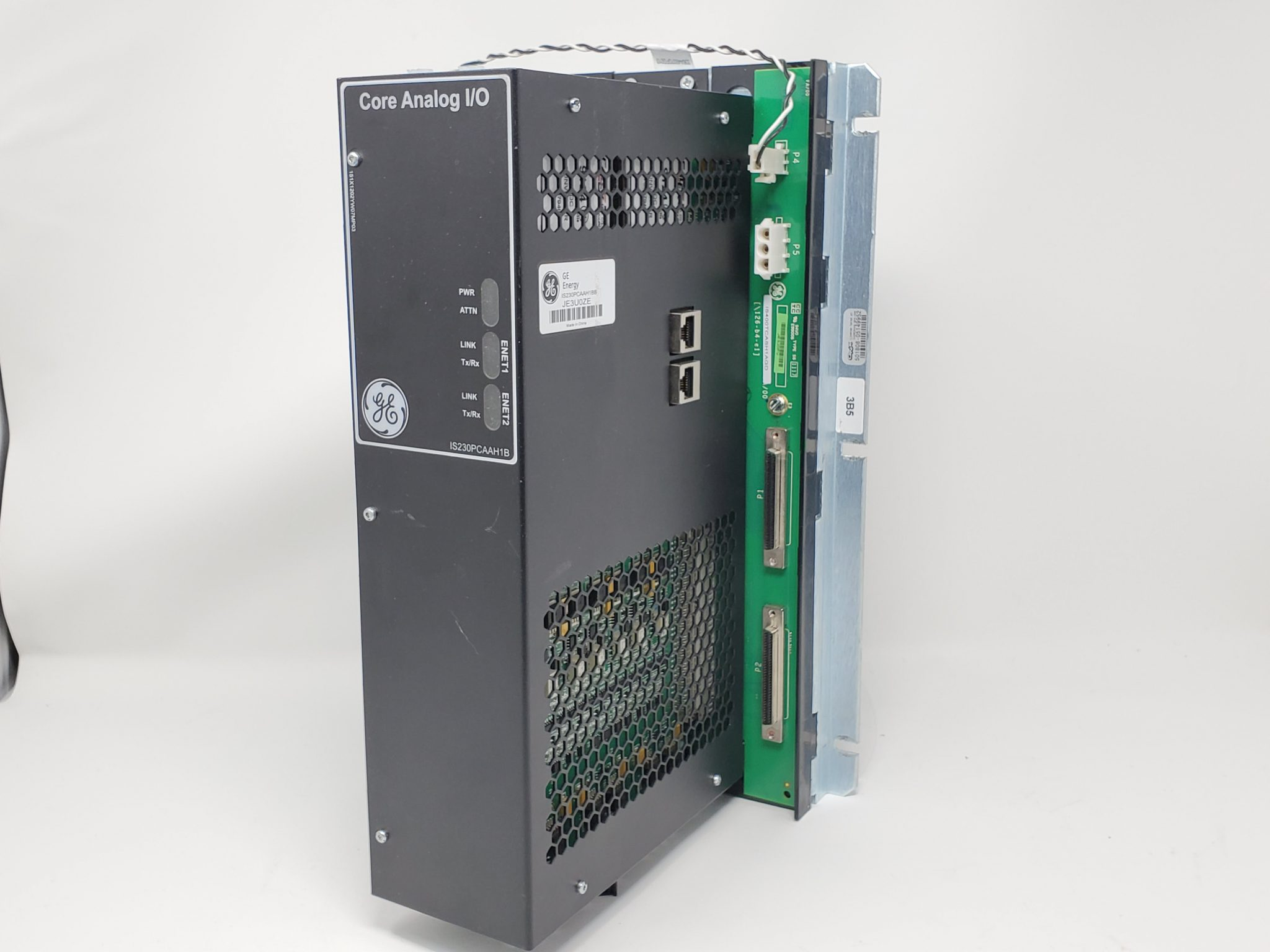































































.jpg)
.jpg)





.jpg)



.png)
.jpg)

.jpg)
_lVjBYb.jpg)

.jpg)
.jpg)



.jpg)
.jpg)







.jpg)

.jpg)
.jpg)








